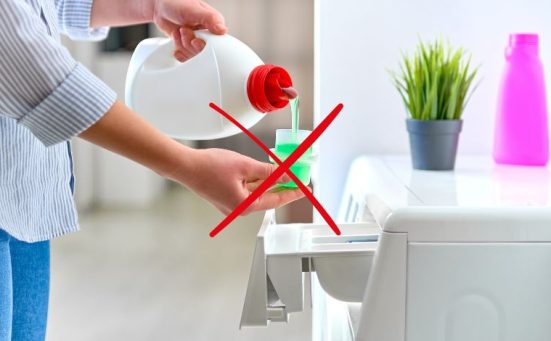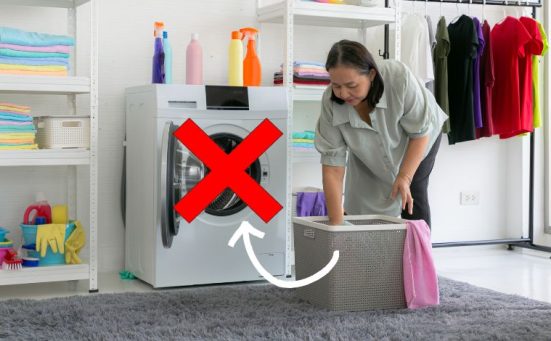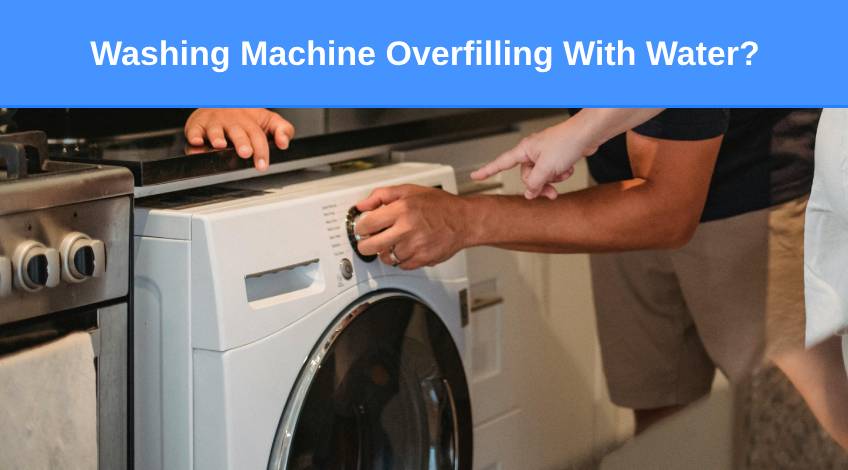
Washing Machine Overfilling With Water? (here’s what to do)
If your washing machine keeps filling with water and won’t stop, it will eventually start to flood your home. The excess water will spill out through the detergent dispenser drawer and also leak from the back of the appliance.
Added to which, you won’t be able to get your laundry clean either. This is a problem that needs sorting as soon as possible. If this is the situation you find yourself in, keep reading. In this article I list all of the possible reasons why your washer won’t stop filling and offer solutions to those problems.
Why Does A Washing Machine Keep Filling With Water?
There are a few possible causes of a washing machine that won’t stop filling which include;
| Probable Cause | Solution |
|---|---|
| Defective Water Inlet Valve | Inspect and replace the inlet valve if necessary |
| Defective Pressure Switch | Inspect and replace the pressure switch if necessary |
| Pressure Switch Tube Or Chamber Clogged | Inspect and clean the tube and/or chamber |
| Insufficient Water Pressure | Contact a plumber or your local water authority |
| Control Board Malfunction | Perform a reset/contact a technician |
Let’s take a closer look at each of these issues;
Defective Water Inlet Valve
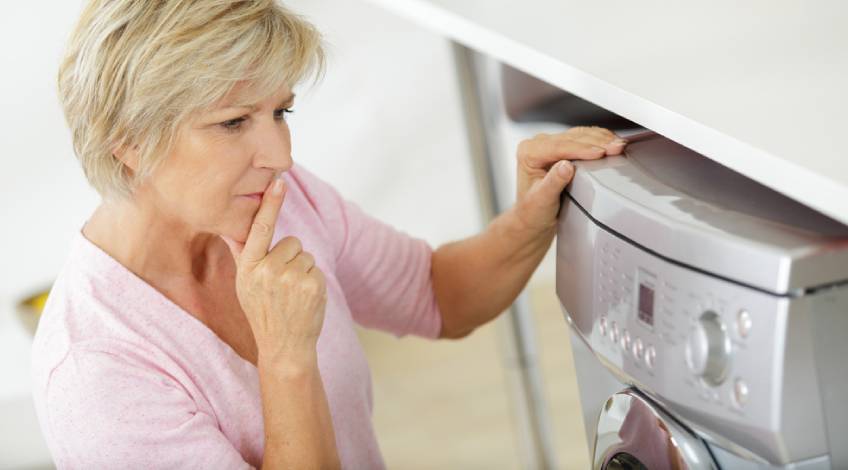
All of the water used during the wash and rinse cycles enters through the inlet valve. If your appliance won’t stop filling with water, there’s a good chance that the inlet valve has developed a fault.
If you turn on your washer and select a wash cycle then allow the washer to start filling with water, but disconnect the power supply as it is still filling and the water continues to enter the machine, the valve is defective and needs to be replaced.
Alternatively, if you disconnect the power supply and the water stops filling, then the problem is almost certainly caused by an electrical circuit connected to the inlet valve. This can be checked for continuity using a multimeter.
If it proves to be faulty it will need to be replaced.
Defective Pressure Switch
The pressure switch sends messages to the control board when the appliance has been filled with water and when the drum empties again. It does this by detecting changes in the air pressure in the washer’s drum.
The pressure switch is connected to a thin tube which is connected to a chamber which slots into the washer’s tub. As the tub fills with water, air is forced into the chamber and up the tube until it trips a switch which indicates that the tub has sufficient water for the wash cycle to commence.
If the pressure switch develops a fault, it will need to be replaced. This can be checked for continuity using a multimeter. However, accessing the pressure switch involves dismantling parts of the washer and is best left to a technician unless you’re confident in your abilities.
Pressure Switch Tube Or Chamber Clogged
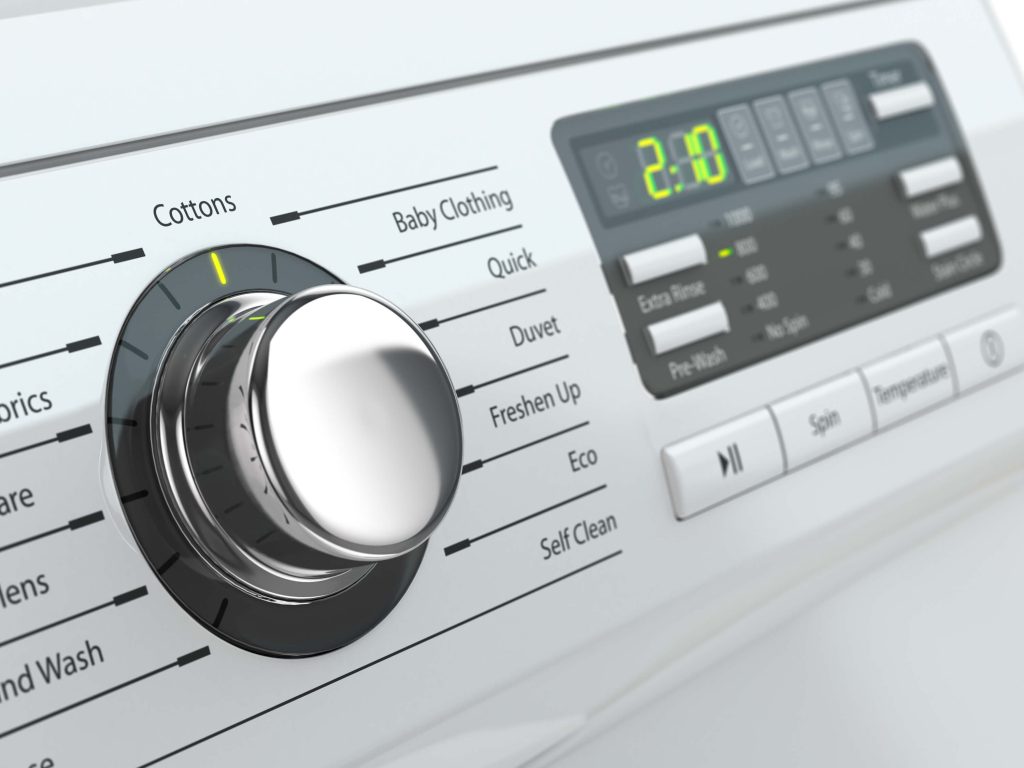
The problem is often caused by a blockage in the pressure switch’s chamber or the tube connecting the chamber to the switch. These can become blocked over time by detergent residue and limescale deposits.
You will need to inspect the chamber and the tube and remove any blockages.
Damaged Tube
It is also possible for the tube connected to the chamber and the pressure switch to become damaged. The tube is susceptible to cracking which would prevent the switch from working properly.
You will need to replace the tube if it is damaged.
Insufficient Water Pressure
If the water pressure in your home is too low, it could cause the inlet valve to not fully close. The first thing to check is the screen in the inlet hose for any blockage due to grit etc, then check that the inlet hose hasn’t got any twists or kinks as well as checking that the inlet tap is fully open.
If all of the above are fine, you’ll need to check the water pressure entering your home. A washing machine requires a water pressure of 20 psi and you can check this by simply filling a 1 gallon (4.5 litre) bucket with water from the cold tap in your kitchen.
If it takes 30 seconds or less to fill, then your home’s water pressure is fine. If it takes longer than 30 seconds, you will need to contact a plumber or your local water authority.
Control Board Malfunction

Every action performed by your washing machine is governed by the control board. If the control board develops a fault, it could cause the water to continuously fill in your machine.
In some cases this can be caused by an electrical or software glitch. If this is the case, it can often be solved by performing a reset.
How To Reset A Washing Machine
Some washing machines have a reset button which just needs to be pressed and held for around 5 seconds. If yours doesn’t have a reset button you can still reset it.
All you need to do is disconnect the power supply for 10 to 15 minutes to allow any electrical current to discharge. Then reconnect the power and the appliance should have reset.
However, if the problem wasn’t caused by a software or electrical glitch or error, it could well be the control board that’s at fault. Control boards are expensive and delicate which is why I recommend contacting a technician to investigate and replace the control board if necessary.
Why Is My Washing Machine Filling & Emptying Continuously?
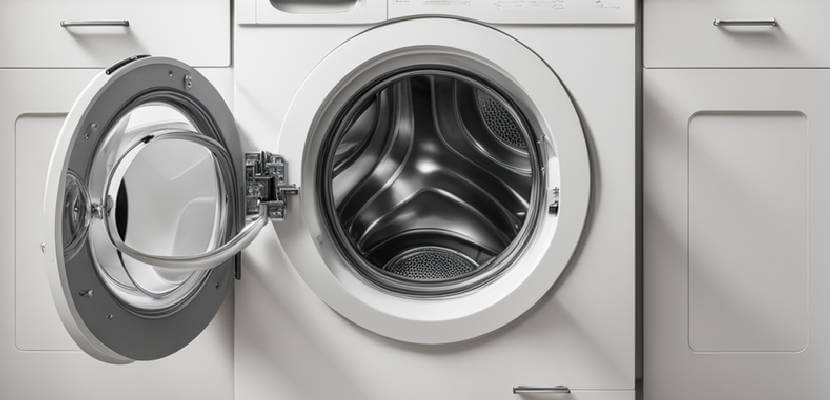
If your washing machine is on a continuous loop of filling and emptying it is most likely caused because the drain hose has been pushed too far into the standpipe. The drain hose should never be pushed into the standpipe any more than 15 cm otherwise it will cause it to syphon.
Another reason could be that the bracket that keeps the drain hose higher than 65 cm has become dislodged from the wall and the drain hose has fallen below that level. That would also cause the washer to syphon.
Other possibilities include;
- The Water In The Drum Is Overheating
If the heating element is malfunctioning, it could be heating the water constantly which would cause the washer to keep adding cold water to counteract the heat. This will almost certainly result in your washer needing a replacement heating element. - The Temperature Sensor Is Defective
The Temperature sensor or NTC could be giving false information to the control board making it think that the water is too hot when in fact, it’s not. If you suspect this is the cause of your problem, I recommend contacting a technician to investigate further.
SEE ALSO: Why Your Washing Machine Has Low Water Pressure
Frequently Asked Questions
Your washing machine could overfill because there’s a problem with the pressure switch, the pressure switch chamber or tube are blocked or damaged, the inlet valve is faulty, the water pressure is too low or the control board is malfunctioning.
There are several reasons why the water level is too high in your washing machine. It could be because; the pressure switch is defective, the tube and chamber leading to the pressure switch are blocked or damaged, the water inlet valve is defective, your home’s water pressure is too low, the heating element is defective, the temperature sensor is defective or the control board has malfunctioned.
If your washer is continuously filling with water and emptying again, it is most likely caused by; A defective heating element, a defective temperature sensor or the drain hose being pushed too far into the standpipe.
Also, follow us on Pinterest ...


